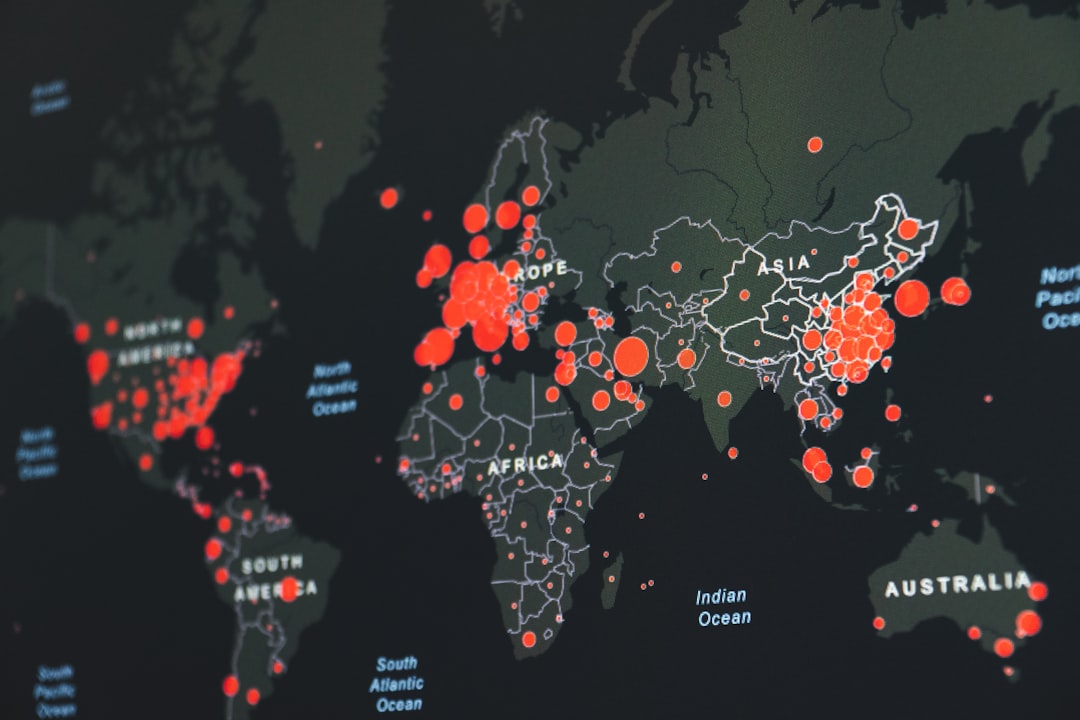What is it about?
This paper explores the kind of learning that creates capabilities needed in incremental and radical innovation development. The empirical evidence is based on four innovationrelated development projects, implemented through enterprise-student team collaboration. It seems that the richness of innovation and learning processes affects the diverseness of developed capabilities. The goal of innovation development drives learning and capability building, while improved capabilities help adopt challenging goals that stimulate a new level of learning. The process emphasising analysis, planning and analytical knowledge creates capabilities resulting in incremental inventions. The innovation process that focuses on experimentation and utilisation of other knowledge types facilitates capability building resulting in inventions that are radical in nature. These two process types are not contrary but complementary options to develop solutions to satisfy the expressed and unexpressed needs of customers. This paper presents views on how to interconnect these processes characterised by divergent rhythms.
Featured Image
Why is it important?
Universities and other educational institutions have faced the challenge of how individuals can best be trained to be innovative and entrepreneurial workers of the future. In higher education, innovation is linked to entrepreneurial education. Innovation capabilities considered to be accelerators of entrepreneurial behaviour have attracted special interest due to the increased significance attached to the skills and abilities needed for innovation. This paper concentrates on the above challenge and explores how involvement in different kinds of innovation and learning situations affect an individual’s ability to innovate.
Read the Original
This page is a summary of: BALANCING CAPABILITY BUILDING FOR RADICAL AND INCREMENTAL INNOVATIONS, International Journal of Innovation Management, December 2009, World Scientific Pub Co Pte Lt,
DOI: 10.1142/s1363919609002492.
You can read the full text:
Contributors
The following have contributed to this page










